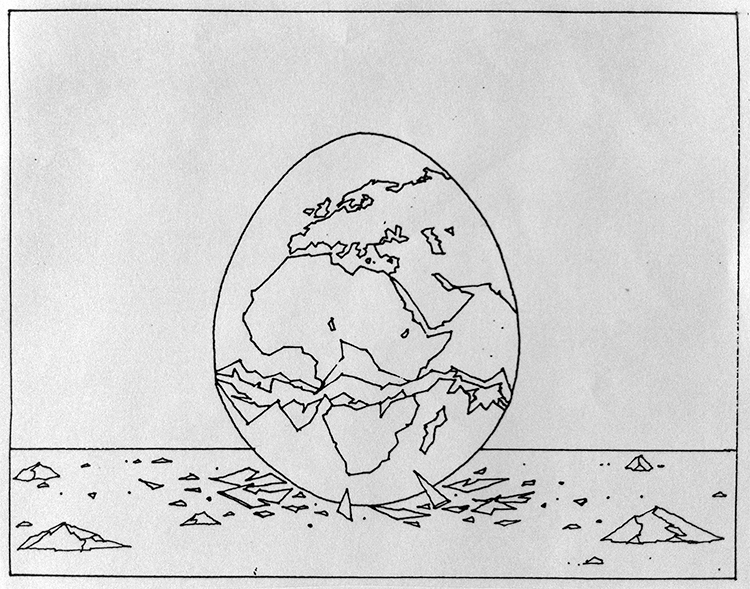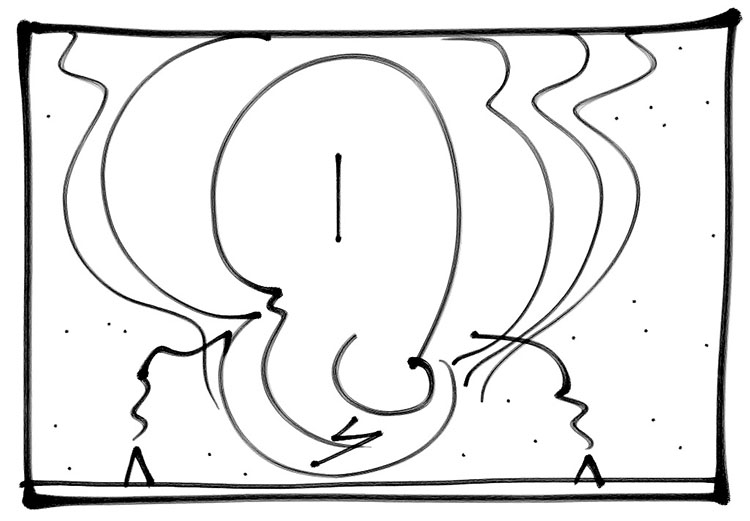4 Reasons To Take More Notes & 3 Ways To Make The Most Of Them

There are so many reasons to write! You don’t have to write professionally to experience the many benefits writing can offer you. Remember, while few people write professionally, everyone writes, most often to help them do their work. While you may not consider yourself a writer, you already write. So write more! Even if it’s just a little you’ll find it will help a lot.
Here are four reasons to write.
1 Retention
Writing will help you remember things. Most people can only hold seven things in their minds at once. Many times, if you’re full up, new ideas won’t come, until you make space for them. Other times, when new information comes in, old information is lost. Either way, the solution is to write it down – and there are additional benefits to making notes. You’re 73% more likely to remember and act on something if you write it down. (If you type your notes, this number drops to 39%, which is still much better.) Part of this stickiness comes from finding the words that work best for you, so use the language that you’re most comfortable with and that means the most to you. You probably have a to-do list professionally, so why wouldn’t you use one to help you excel in your creative life too? And there are times when everyone needs a checklist. (Atul Gawande’s Checklist Manifesto shows how doctors used checklists to reduce hospital deaths and complications by more than 33%.)
2 Clarity
Writing helps you see more and see more clearly. Like any creative discipline, writing encourages closer observation. You note more things – more information. Plus you’ll find patterns in the things you note – information about information. You’ll understand your experiences better and you’ll find more ideas. Unlike photography, which encourages observation of things you can see, writing can also help you observe things you can’t see like your thoughts and emotions, interactions within relationships, and processes unfolding in time. When you find the right words to describe something you understand it better.
3 Productivity
Once you see what you’ve written new ideas will come to you. You can accelerate this process by playing word games. Alex Osborne’s acronym SCAMPER (Substitute, Combine, Adapt, Modify, Put To Other Uses, Expand, Reverse) is a mnemonic device for a series of mental operations you can use, each of which is capable of leading to countless new ideas.
4 Organization
Organizing your writing helps you organize your thinking. Often the process of taking notes isn’t linear, you simply let it all out. When you revisit and reorganize your notes you make even more sense out of your observations. Lists help you identify steps in a process, set priorities, and identify more important items. Remember, you can also use size, color, or graphic symbols like underlines and stars to make some words stand out more than others.
It’s important to file your notes in an easily retrievable organized system that you trust, otherwise your mind will continue trying to remember everything, which no one can do, not even the gifted who have a photographic memory.
Audio
What about taking notes with audio? Many apps (like Notes) will turn what you say into text. This can be a fast way to take notes, especially when you’re multitasking.
Audio files that aren’t turned into text take more time to review as they’re played back, as much or more time than it took to make them, so they’re not the most efficient way to retrieve. However, if you are having a conversation with someone and you don’t want to interrupt the flow audio is very useful. Nothing records intonation and inflection as audio does. And there are occasions where you want to note the particular sound of something, which words can’t duplicate.
Take Notes With Images
Some things are better noted visually rather than verbally. If you can see what you want to make a record of then a photograph can very efficiently make a note, often one full of detail that would take more time than necessary to record. If you need to make a visual note and you can’t photograph it, make a doodle instead. Diagrams can be particularly useful for recording processes (vectors, paths, timelines, etc) and relationships (maps, graphs, Venn diagrams, etc).
Go Multi-Media
You can combine text and audio and images. Together they’re even richer and more powerful than they are alone.
Avoid Perfection
Perfect takes time, so for this purpose, it isn’t. Not only is it too much pressure, in the wrong way at the wrong time, it’s a distraction. So satisfice. And above all, enjoy the process. Think of your notes as a place to record and explore your observations – not the way you’ll present them to others. With this realization, you’ll be freer about what you record and how you record it and so you’ll do it more often. And that’s the point.
Make notes, lots of notes, and keep doing it. Developing this habit will help you see more, think more, feel more, do more. You’ll get more out of life.
(Want more on this subject? I recommend David Allen’s book Getting Things Done.)
Read more in my Creativity Resources.
Learn more in my Creativity Workshops.



